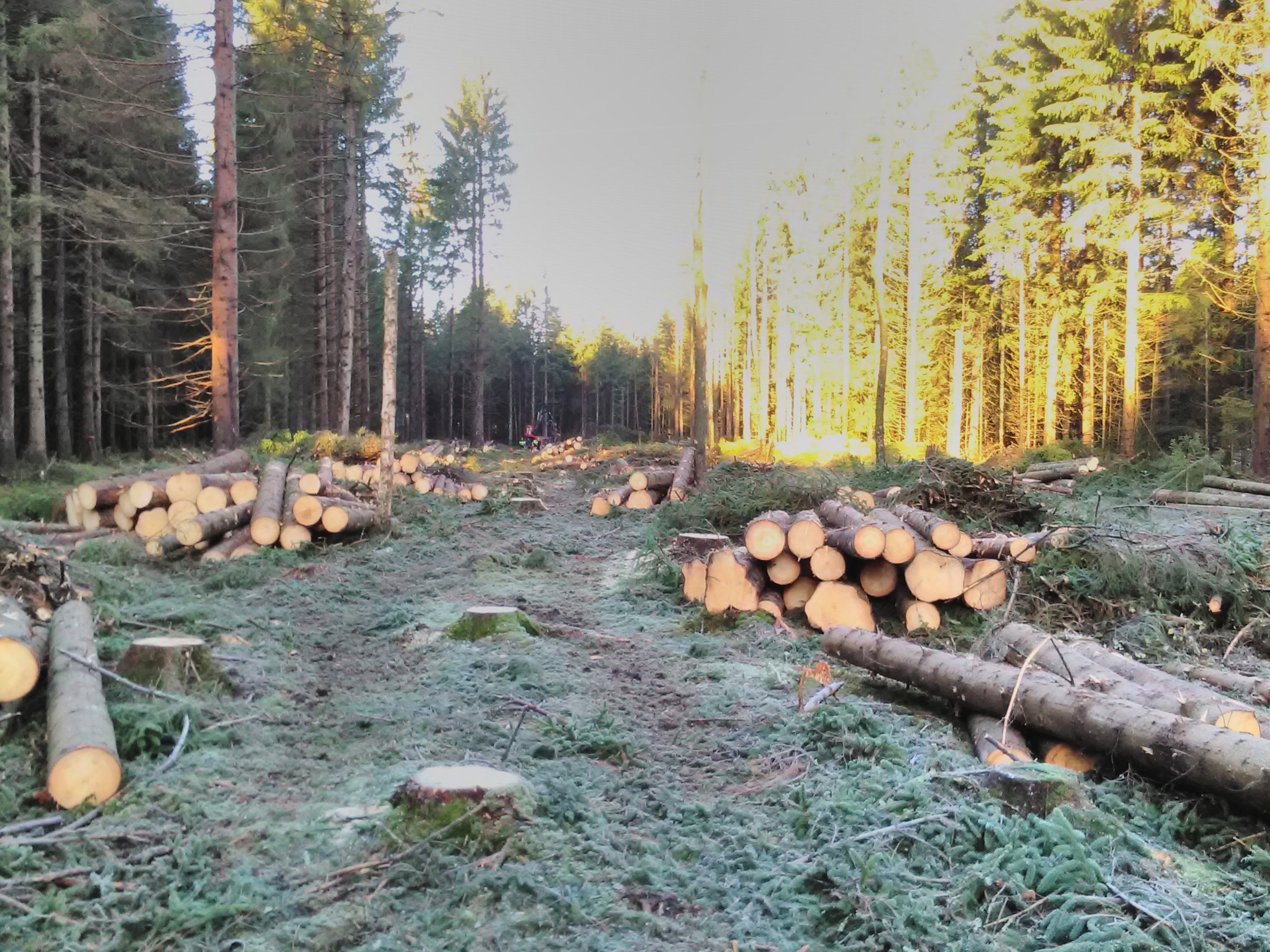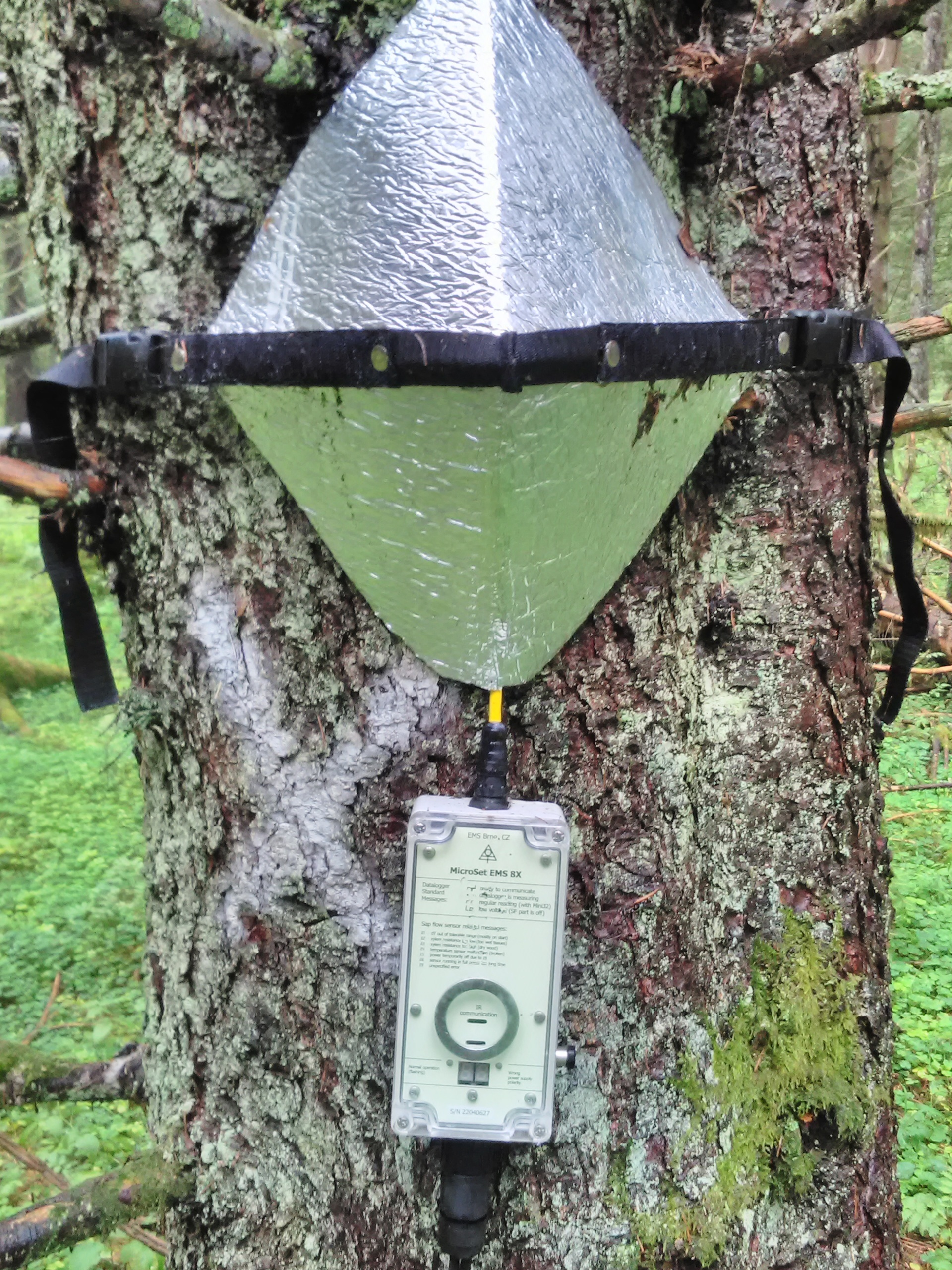There is a need to optimize forest management in order to contribute to climate change mitigation by enhanced ecosystem carbon storage. Rotation forestry is the most common silvicultural practice in Sweden, but there is an intense debate about its ability to contribute to long-term sequestration of carbon from the atmosphere. Due to the urgent need for nature-based climate change mitigation options, there is now considerable social and scientific interest in the use of continuous cover forestry (CCF), but its effects on carbon sequestration are largely unknown and need to be quantified urgently. Ongoing and future forestry projects are taking place at the Central Forest at Skogaryd Research Catchment (SRC) to address these unknowns.

Already this winter at SRC, a 60-year-old Norway spruce forest has seen some harvest activities, including different management techniques; clearcutting (Rotation forestry- RF), diameter-limit cutting (CCF) and unharvested with extended rotation length.
A new Formas financed project will make use of the harvested activities at SRC to study the effect of CCF on carbon fluxes and sequestration, compared to RF, by use of novel methodologies based on sap flux (trees’ water transport) and phloem stable isotopes. The goal is to determine whether, and by how much, carbon uptake capacity is sacrificed as forests grow older and if a selectively cut forest can compensate for the carbon stock lost following clearcutting by increased growth and, if so, how. The novel methodology will be compared to the time-tested eddy covariance method. Both methods estimate forest carbon uptake in photosynthesis, but the isotopic method also allows for determining how individual uncut trees respond to the selection cutting. This project will support rigorous, objective analyses of one of the most compelling social issues in Scandinavia: what is to be done with the forests?

With this project forestry professionals, private forest owners, policymakers and the public will be provided with information regarding the impacts of different forest management strategies on the productivity and carbon sequestration of forests. Ultimately, this could contribute to the formulation of new ecological and economic goals, management plans and policies that guide the future use of the Swedish forests.